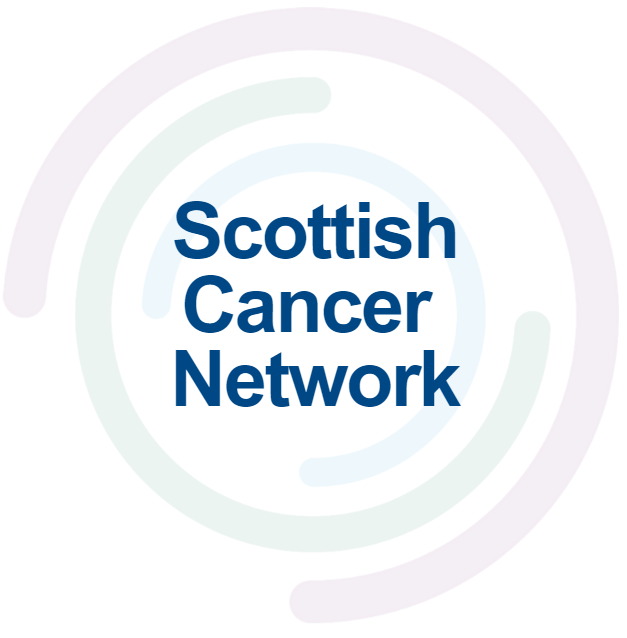Medical alongside appropriate cognitive management are the cornerstones unless there is a specific, obvious, and reversible surgical cause of pain. Rationale for management approaches below:
Medical management includes gabapentin or pregabalin; tricylclic antidepressants (TCAs) †amitriptyline or †imipramine, †venlafaxine or duloxetine, †capsaicin, and Cognitive Behavioural Therapy (CBT). Peripheral nerve injury during surgery can lead to cortical changes in the brain, known as central sensitisation, involved in persistent post-surgical neuropathic pain. Gabapentin, amitriptyline, and venlafaxine were found to offer pain relief for breast cancer patients with chronic pain, by targeting centralized pain pathways. Gabapentin inhibits neuropathic pain through enhancement of GABA activity and decreasing excitable synaptic transmission targets. Key mechanisms of TCAs and SSNRIs (venlafaxine) in neuropathic pain inhibition are:
- Reuptake inhibition of noradrenaline
- Noradrenaline inhibition of neuropathic pain via α2-adrenergic receptors in the dorsal horn of the spinal cord
- Altering noradrenaline levels in the brainstem
Topical treatments studied are menthol and capsaicin creams. Capsaicin’s mechanism of action is reported to be through the attenuation of cutaneous hypersensitivity through a process described as “defunctionalisation.” Menthol works by blocking TRPM8 receptors which increase in peripheral nerve pain. Adverse side effects from capsaicin, such as new burning sensations is commonly reported, which may explain its apparent lack of popularity. Menthol is usually very well tolerated but rarely patients experience excessive coolness.
Behavioural cognitive therapy is theorized to target centralized pain centres. The mechanism of cortical neuromodulation through mindfulness-based therapies has been well studied. Leading explanations for its effect are through reducing expectations of pain and attenuating psychological and neural processes. It is important that we can explain the physical pathways which can be changed in the brain by cognitive/neuromodulatory approaches to result in reduced pain.
Paravertebral blockade and neurolysis are non-surgical methods to address peripheral nerve pain include blockade or neurolysis of C7–T4 stellate ganglions, or pulsed radiofrequency (PRF) of T2–T3 dorsal root ganglia. Thoracic paravertebral blocks achieve immediate but short-term pain relief (<1 month). PRF with steroid injection has an initial slower modulation, due to thermal damage altering synaptic transmission. Blocks may be useful in cases where immediate pain relief is needed, whereas PRF may offer less profound, but longer-term relief. Neither is shown to be curative.
Painful Neuroma peripheral nerve injury can lead to aberrant growth and painful neuroma formation. Nerves at elevated risk of traction and/or laceration injury at the time of mastectomy are the intercostal brachial cutaneous nerve (ICBN), long thoracic, thoracodorsal, lateral branches of the intercostals, lateral, and medial pectoral nerves. The results from reviews indicate that the surgical technique of neuroma excision and implantation can provide long-term relief from chronic neuropathic pain, however a clear diagnosis and appropriate skill are required.
Scar Management (fat transfer, laser, lymphatic surgery) abnormal scarring, such as scar contracture and subcutaneous fibrous adhesions, are recognised as adverse outcomes and may be treated. This phenomenon can be exacerbated by axillary node dissection and adjuvant radiation. Not only does contracture lead to stiffness and decreased mobility, it may compress local peripheral nerves. The promising results from Level I/II fat grafting studies support its use for neuropathic pain relief in breast cancer patients at high risk for scar contracture. However, it remains uncertain if the mechanism of pain relief from fat grafting is scar release which increases suppleness of tissue and decompresses peripheral nerves, and/or stem cell modification. The successful pain relief outcomes from one laser study can be regarded similarly to the results from fat grafting. Treating the skin with a non-ablative laser may release scar contractures through stimulation of the local inflammatory response which increases blood flow, vascular permeability and cell metabolism. Laser therapy may also directly affect local peripheral nerves through a laser induced neural block that causes change in nociception.
While post mastectomy pain syndrome (PMPS) is widely regarded to be a neuropathic disorder, it has been suggested that the musculoskeletal system and myofascial pain may contribute to chronic post-operative pain syndromes.
Muscle fibrosis and increased motor nerve excitability, secondary to inflammation, can create myofascial trigger points (TrPs). Active TrPs have been found in multiple muscles in patients with PMPS, but not in healthy controls.
Physiotherapy programs utilising strengthening exercises and massage are effective for improving shoulder pain by reducing presence of TrPs. The results of reviews support the role of physiotherapy in treating PMPS patients experiencing neck and shoulder/axillary pain and highlight the benefits of water exercises that allow patients to perform exercises they would be unable to perform on land.
Involvement of the neuromuscular junction in chronic myofascial pain is also the basis of studies testing the clinical benefit of botulinum toxin on persistent post-mastectomy pain. There have not been positive studies so far.3
Managing concomitant problems and attenuating impact of radiotherapy is important:
- Management of CIPN is important as CIPN will exacerbate all other pains.
- Low dose oral steroids can be considered during adjuvant breast radiotherapy to reduce peripheral neuro-inflammation which will exacerbate PPSP.



